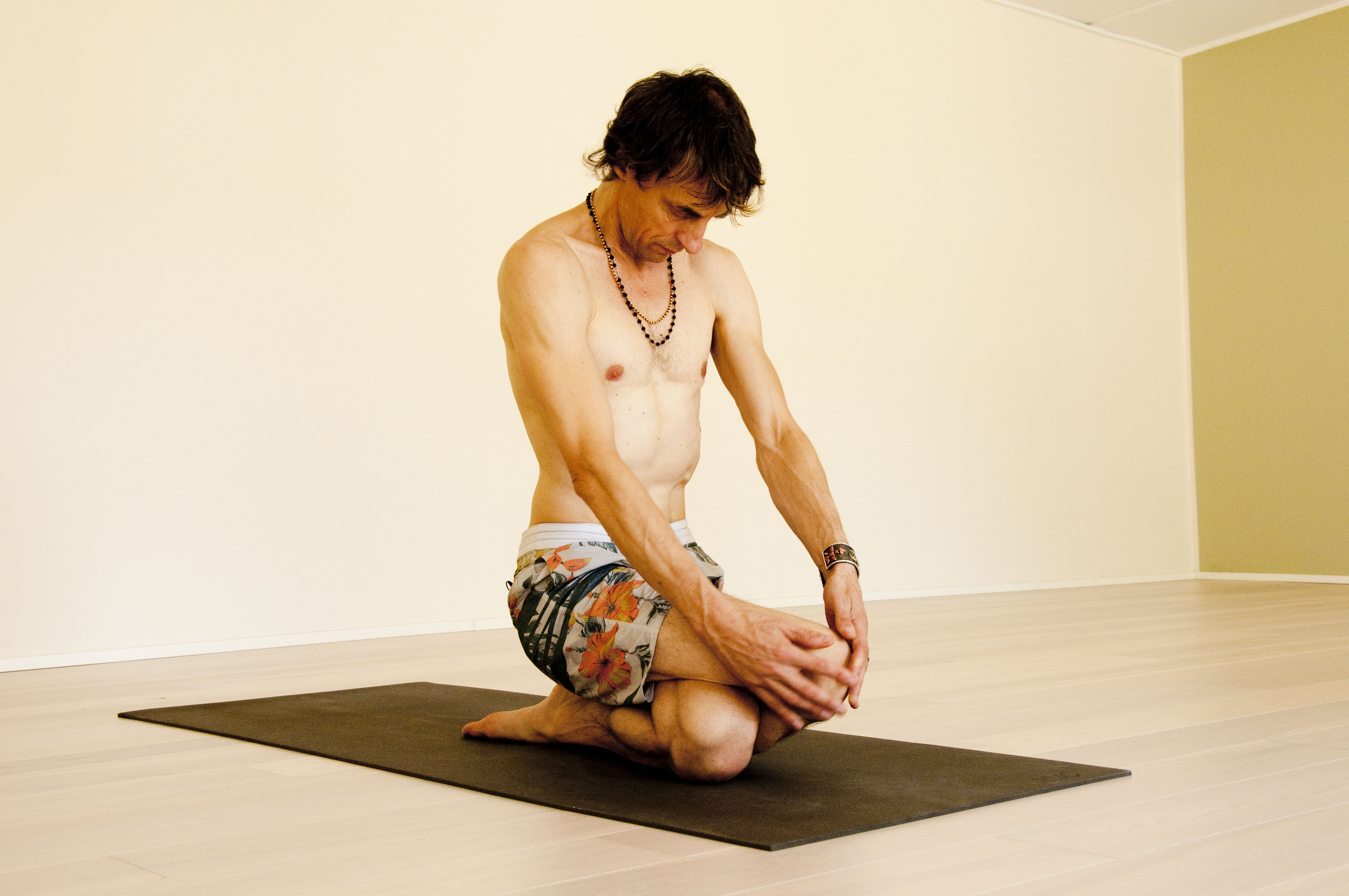

The distinctly static approach of the Iyengar yoga system stands in sharp contrast to the dynamism of the Ashtanga system. The two systems could be said to exist on opposites ends of the pole of static vs dynamic learning models. With Iyengar yoga you go into your posture slowly enough to perform ‘error correction’ on the way into your posture. This means you can analyze and survey your position and thus correct errors before finally committing to a position. With ashtanga yoga, as a general rule, there is no time for ‘error correction’ on the way into your asana. Instead you commit to your position with the rhythm and surety of a dynamic gesture. The assessment and correction process happens after you execute and complete your movement into the position. I call this process calibration (as borrowed from Gregory Bateson).
Calibration can be defined as “a comparison between measurements”, and this means that you use the asana allies (the foundational asana vidya principles) to measure the quality of your efforts, you internally assess the degree of success that you have in finding a grounded, middle position that ‘lights up’ your central axis. And then you store your findings in your memory and in your body and endeavor to achieve more accuracy the next time you do the asana.
The two systems, static versus dynamic, represent the difference between learning through conscious, moment to moment self correction (static) and learning through a kind of supra sensory, intuitive approach that relies on unconscious obedience to inner calibration (dynamic).
In truth both types of learning exist within the Iyengar and Ashtanga systems, but I am making an imaginary division between them in order to better facilitate your learning. In Ashtanga there are plenty of places within your practice where you can perform the more static error correction method, such as in Sarvangsana or in any posture that you decide to slow down the process. The simple act of staying in your posture for longer than 5 breaths lends itself to error correction within the position. These two learning models perfectly compliment each other, and when you can skillfully incorporate and switch between them both, you gain an exponentially greater learning model.
But it is essential to note that you want to avoid being confused about which learning model you are using at any given time. And thus you want to make an intelligent choice based on what and how you are working.
For example when you are going up into Sirsasana (Head Balance), you go from position 7 (the set up) to position 8 (the state of the asana) with a single, confident move. And that is NOT the time to attempt to correct your position on the way into it. Instead get ready, anticipate and then let fly a confident move, come into your posture as a total, uninterrupted act. Make sure your gesture has a decisive beginning and a decisive end point. And afterwards use your thinking mind combined with your kinesthetic acuity to swiftly take in information about the quality and physical orientation of the position that you achieved.
The dynamic method requires patience and practice, because it takes time for you to develop the requisite coordination between your senses, brain, and muscles to effect an aesthetic and functional movement that brings you into an accurate, well founded position. This is part of the reason for ashtanga’s strict guidelines that call for unfailing consistency— your learning according to this particular learning model depends upon repetition and practice.
Comments
No comments.